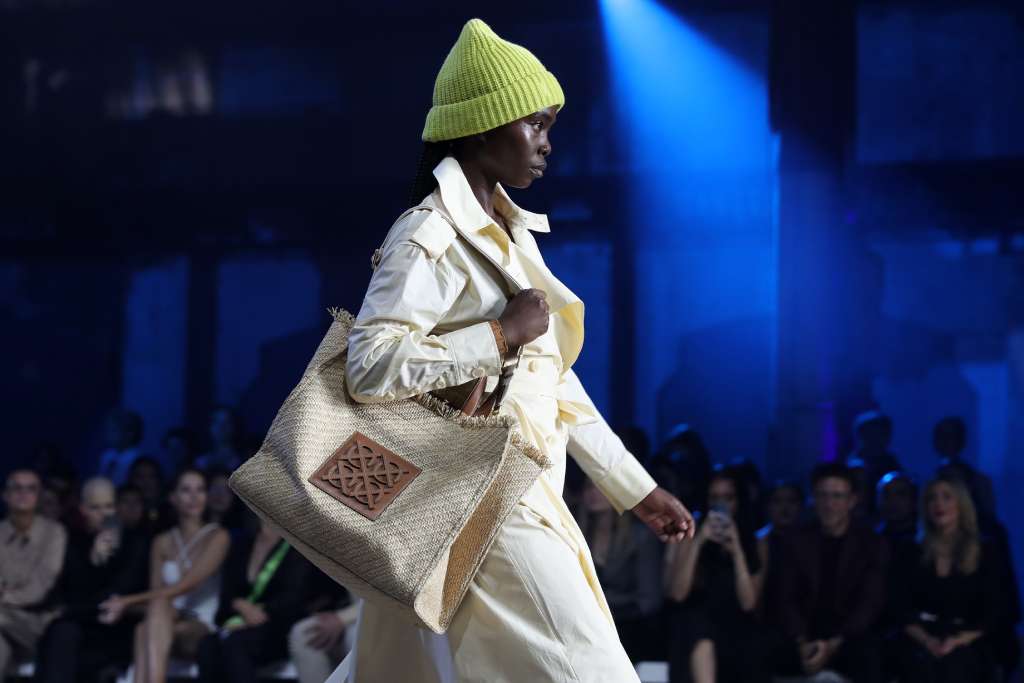The Future of Fashion Modeling: Trends and Predictions

Fashion modeling has always been a dynamic and rapidly evolving industry, reflecting the broader changes in society, technology, and culture. As we look to the future, several key trends and predictions can be identified that will shape the landscape of fashion modeling. From the rise of digital influencers to the increasing emphasis on diversity and sustainability, the future of fashion modeling promises to be more inclusive, innovative, and interconnected than ever before.
The Rise of Digital Influencers and Virtual Models
One of the most significant trends shaping the future of fashion modeling is the rise of digital influencers and virtual models. Social media platforms like Instagram, TikTok, and YouTube have given birth to a new breed of influencers who command substantial followings and influence fashion trends. Unlike traditional models, digital influencers often have direct engagement with their audience, allowing brands to connect with consumers in a more personal and authentic way.
Virtual models, created using advanced CGI technology, are also becoming increasingly popular. These digital avatars, such as Lil Miquela and Shudu, are not bound by the physical limitations of human models and can be customized to fit any brand’s aesthetic. Virtual models offer a unique blend of creativity and control, enabling brands to experiment with new styles and concepts without the constraints of reality. As technology continues to advance, the presence and influence of virtual models in the fashion industry are expected to grow.
Emphasis on Diversity and Inclusion
The push for greater diversity and inclusion in fashion modeling is another trend that will continue to shape the industry. There has been a significant shift towards representing a broader range of body types, ethnicities, ages, and gender identities on the runway and in fashion campaigns. Brands are increasingly recognizing the importance of inclusivity in resonating with a diverse global audience.
This trend is driven by a growing demand from consumers for authentic representation. The success of models like Ashley Graham, Adut Akech, and Winnie Harlow demonstrates that there is a strong market for diverse beauty standards. Moving forward, fashion brands that embrace and celebrate diversity are likely to gain a competitive edge and foster deeper connections with their audience.

Sustainability and Ethical Fashion
Sustainability and ethical practices are becoming central to the future of fashion, and this shift is also influencing the world of fashion modeling. As consumers become more environmentally conscious, they expect brands to adopt sustainable practices and reduce their carbon footprint. This trend is reflected in the increasing demand for eco-friendly materials, ethical production methods, and transparency in supply chains.
Models are now playing a crucial role in promoting sustainable fashion. Many models are using their platforms to advocate for environmental causes and support brands that prioritize sustainability. Additionally, there is a growing trend of “slow fashion” where the focus is on quality over quantity, and models are seen wearing timeless, sustainable pieces rather than fast fashion items. This shift towards sustainability is set to redefine fashion modeling, with an emphasis on promoting ethical and environmentally friendly fashion choices.
Technology and Virtual Runways
Technology is transforming the way fashion shows and campaigns are conducted. The COVID-19 pandemic accelerated the adoption of virtual runways and digital fashion shows, a trend that is likely to continue in the future. Virtual runways allow brands to reach a global audience without the logistical challenges and costs associated with physical shows.
Augmented Reality (AR) and Virtual Reality (VR) are also being integrated into fashion presentations, offering immersive experiences for viewers. These technologies enable consumers to interact with fashion in new ways, such as trying on virtual outfits or attending virtual fashion shows from the comfort of their homes. As AR and VR technology become more accessible, they will play a significant role in the future of fashion modeling, offering innovative ways for brands to showcase their collections.
The Integration of Artificial Intelligence
Artificial Intelligence (AI) is poised to revolutionize fashion modeling by streamlining processes and enhancing personalization. AI can analyze vast amounts of data to predict trends, optimize inventory, and personalize marketing strategies. In modeling, AI can be used to create hyper-realistic virtual models, generate fashion concepts, and even simulate fabric textures and movements.
AI-driven analytics can also help brands identify the most effective models for their campaigns based on audience preferences and engagement metrics. This data-driven approach ensures that brands can make informed decisions and maximize the impact of their marketing efforts. As AI technology continues to evolve, its integration into fashion modeling will become more sophisticated, driving efficiency and innovation in the industry.
Conclusion
The future of fashion modeling is set to be characterized by significant technological advancements, a commitment to diversity and sustainability, and a shift towards digital and virtual platforms. The rise of digital influencers and virtual models, along with the integration of AI and immersive technologies, will redefine how fashion is presented and consumed. Moreover, the emphasis on inclusivity and ethical practices will shape the values and direction of the industry.
As we move forward, fashion modeling will continue to evolve, reflecting the changing values and technological landscape of society. Brands that embrace these trends and prioritize innovation, diversity, and sustainability will thrive in the ever-changing world of fashion. The future of fashion modeling is bright, promising a more inclusive, innovative, and interconnected industry that resonates with the diverse and dynamic nature of its global audience.
























